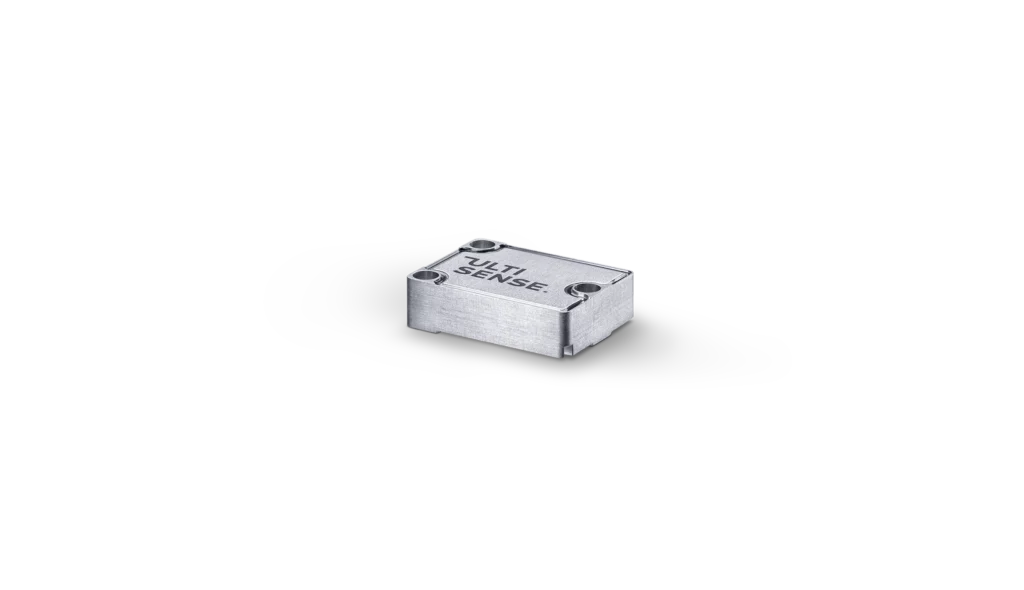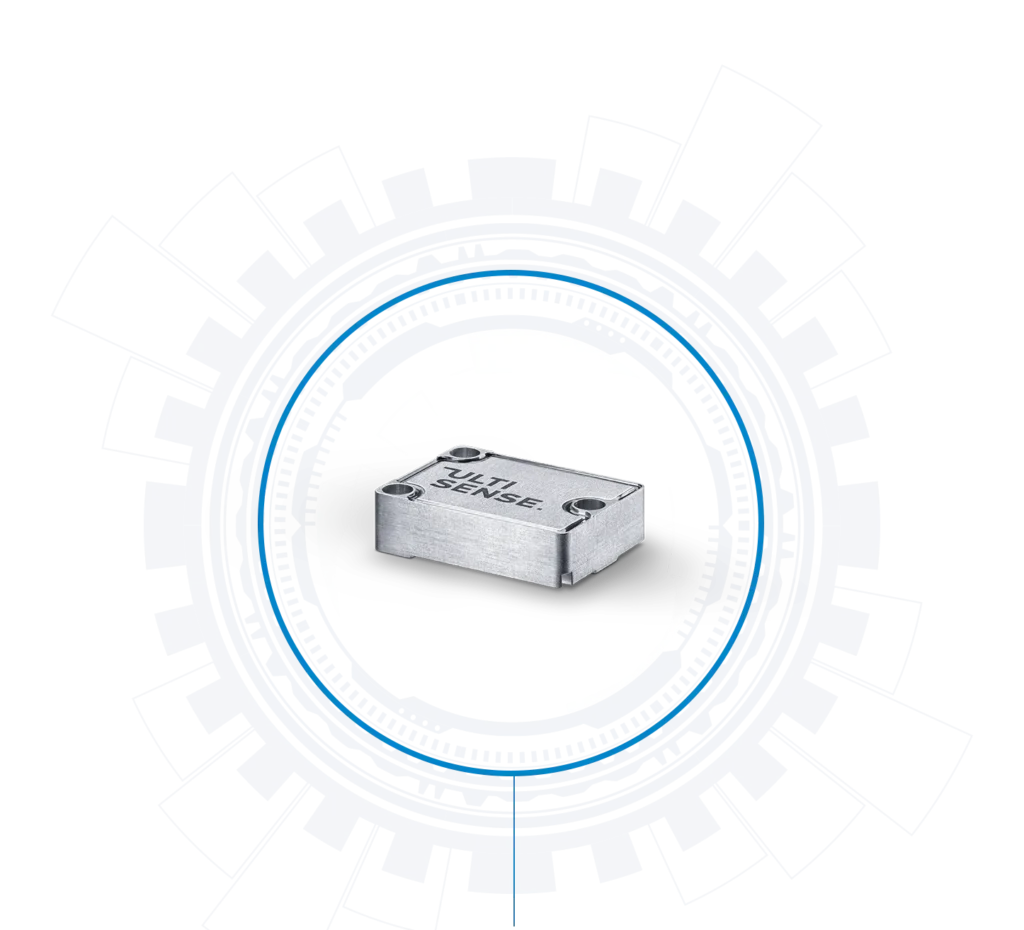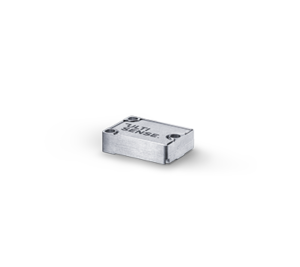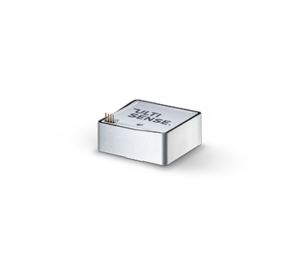
Industry-leading azimuth accuracy
Low weight, small size
Withstands shocks up to 2000g
Highest quality
Integration support
Magnetic Disturbance Detection
Advanced System State Compensation
Individual factory calibration









Industry-leading azimuth accuracy
Withstands shocks up to 2000g
Integration support
Advanced System State Compensation
Low weight, small size
Highest quality
Magnetic Disturbance Detection
Individual factory calibration
Discover more Digital Magnetic Compass Modules

DMC-PICO
The new DMC-pico is an ultra-compact and shockproof digital magnetic compass that is perfect for …
Range capability: > ± 0.25° (1σ)
Typical accuracy: ± 0.1° (1σ)
Dimensions: 31 x 23 x 8.5 mm
Weight: 9 g

DMC-SX 4000
(phase-out)
For precise, quick and cost-effective orientation and angle measurement the DMC-SX is the obvious choice.
Range capability: > ± 0.5°
Typical accuracy: ± 0.25°
Dimensions: 33 x 31 x 13.55 mm
Weight: 25 g

DMC-SX 5000
(phase-out)
For precise, quick and cost-effective orientation and angle measurement the DMC-SX is the obvious choice.
Range capability: > ± 0.25°
Typical accuracy: ± 0.1°
Dimensions: 33 x 31 x 13.55 mm
Weight: 25 g
Frequently asked questions
The DMC-SX had to be discontinued as many of the components are no longer manufactured. The DMC-pico was developed as the ideal replacement. The specifications such as accuracy, shock, vibration are identical. Furthermore, the DMC-pico offers additional benefits, such as:
- Software commands are similar to DMC-SX
- Line-of-sight orientation is now user programmable, allowing for integration design changes without having to return the DMC to the factory for reprogramming
- Impressive improvements in size and weight
- UART and SPI interfaces
- CE certified
- Additional features such as Magnetic Disturbance Detection that can warn users if their azimuth readings are being affected by magnetic disturbances
- System State Compensation that allows a method to negate the effect of hard magnetic sources on the DMC-pico in numerous states of operation
To achieve the azimuth accuracy stated in the data sheet, the elevation and bank angles must be kept within a range of –45 to +45 °.
- there has been a significant temperature change (e.g. +/- 20°C) as the magnetization of materials is temperature dependent
- there has been mechanical shocks in case the position of materials have changed
- substituting or adding magnetic materials, for example, changing a battery
The Figure of Merit (FOM) is a magnetic compensation value and is the output from a compensation procedure.
The FOM or compensation accuracy does not predict the final azimuth accuracy. In other words, the FOM is an indicator of the compensation quality rather than of the azimuth accuracy.
The FOM is expressed in degrees x10. For example, an FOM of 03 represents 0.3 degrees. If the FOM is greater than 0.5 degrees, we recommend repeating the compensation procedure.
The Magnetic Disturber Detection (MDD) gives feedback on whether the compass is influenced by external magnetic disturbers. If activated, the DMC displays a “Probability Value” in percent, which is calculated based on history data, precisely from last 12-point compensation procedure. The value indicates the whether a measurement is disturbed more than a given value.
The System State Compensation (SSC) is a feature unique to the DMC-pico only. This is a software which allows the removal of influences due to magnetism for different states in host system. This can save the integrator from expensive last-minute design changes. And the good thing is that no additional hardware is required.
Example: The host system has different operational states. Instead of performing / saving / restoring a 4- / 12-point for each state, just do one compensation and measure once the “deltas”, then restore the deviations based on the host system state (= added / removed disturbers).
Example states are: Camera on/off, battery powered/remote powered
Yes, here we recommend using the DMC-pico as it measures within a range of 360°. This means that the line of sight is fully under the control of the user.
This may be caused by a strong magnetic influence. Reposition the DMC away from any disturbers. If the problem remains, there could be an A/D fault. Please contact Safran Vectronix customer support for further advice.
Inside a vehicle is a ‘noisy’ environment for a compass, however the DMC can be user compensated to cope with static or fixed disturbances. The problems come when there are unstable fields such as from electric motors and equipment. Each installation is different however and the DMC has been successfully fitted to vehicles with accuracies in the region of 1 degree.
As the maximum range value in hex is 7FFF (32767 decimal), the best resolution can be 6400/32767 which is 0.2 mil or 0.011 degrees.
The DMC is designed to be mounted within a host system and so only subject to internal pressure levels.
There is no noticeable difference in power consumption between the two.
There is no restriction but as you move towards the magnetic poles, the DMC becomes less accurate as the earth’s magnetic field lines gradually become less horizontal and more vertical.
There is no set distance after which we recommend to recompensate. It is good housekeeping to do a compensation before going out on a mission/task or where the unit has travelled and has been subject to shock and vibration during transit. The compensation procedure compensates for magnetic influences that ’move’ with the compass. That is, the magnetic influences within your device or are fixed to the device. Therefore, compensation becomes necessary when you change something within the device. For handheld devices, this usually means battery changes. Because the magnetic effect of materials changes with temperature, we also recommend a compensation where there has been a change of more than 20° C between current and last compensation temperature.
Discover more Ultisense solutions
Laser Range Finding
High performance sensors for distance measurement meeting the most challenging demands.